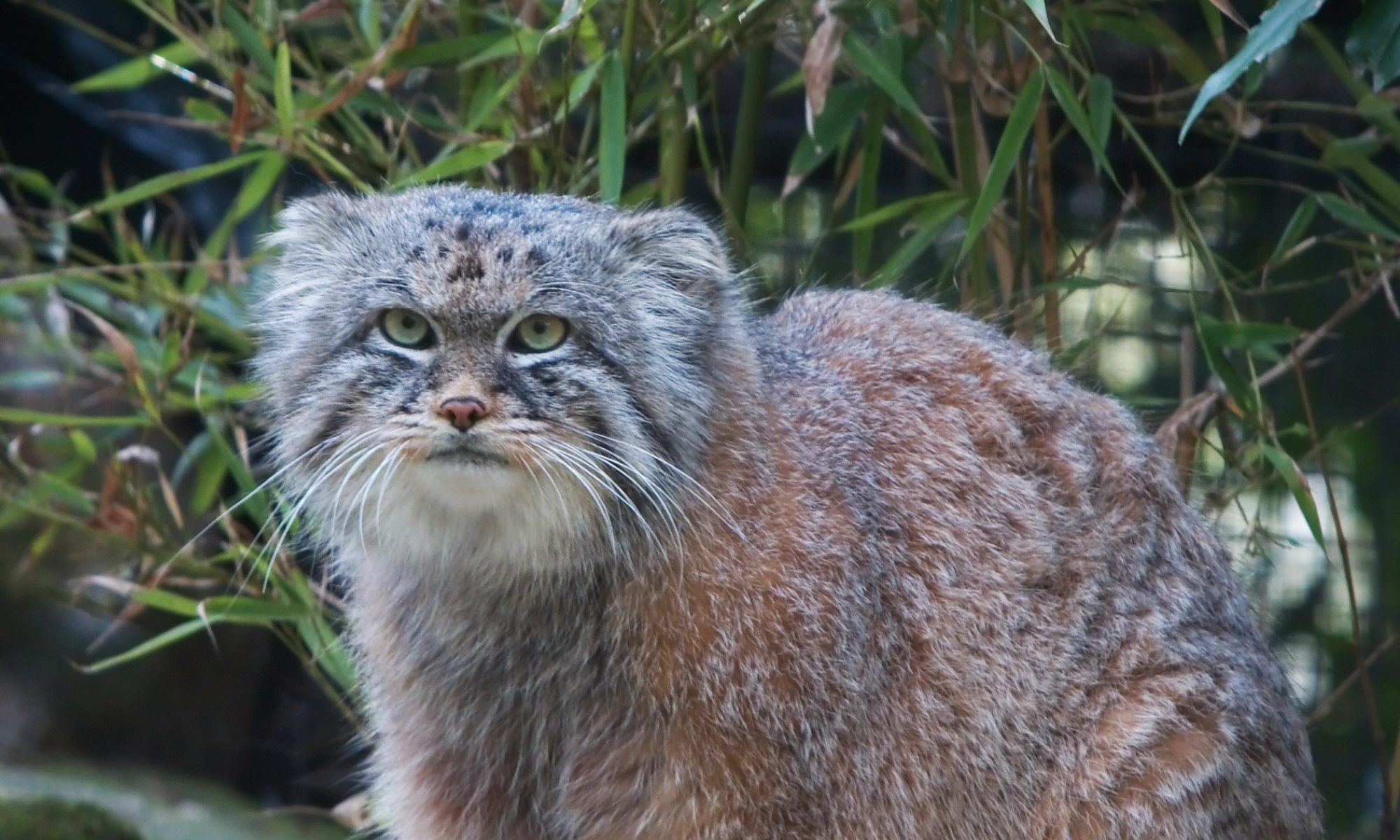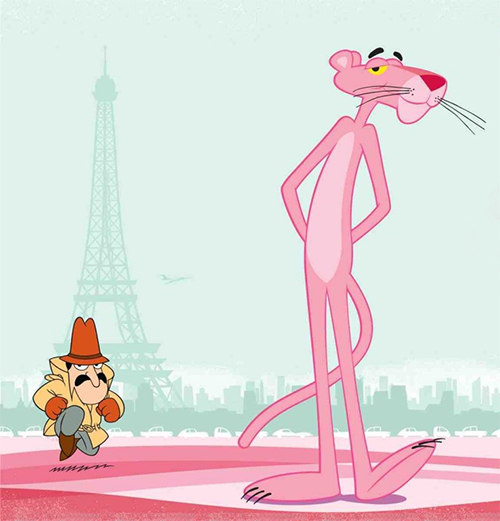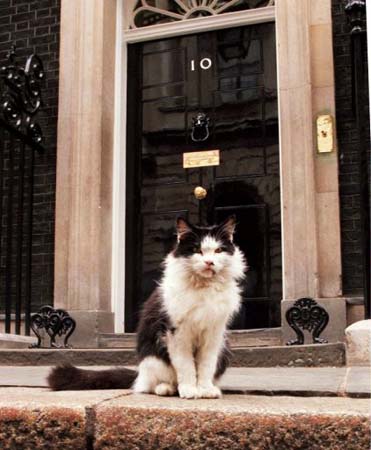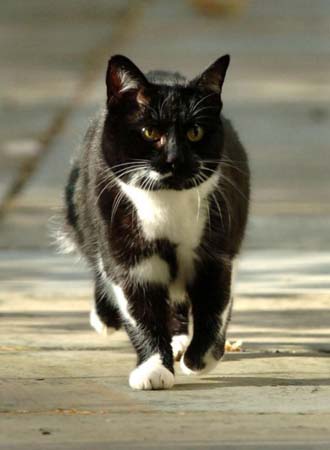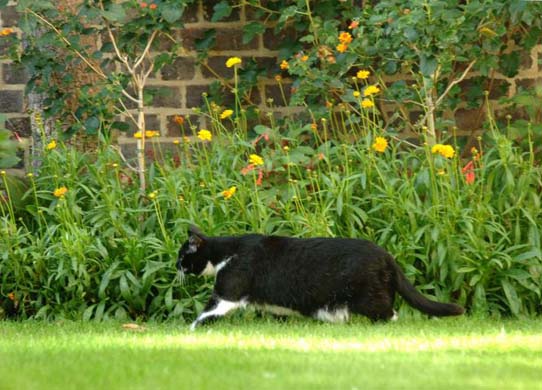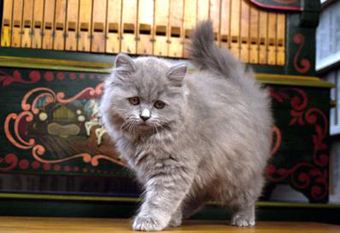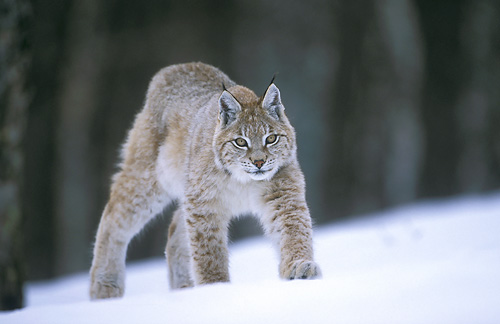Moggy Blog is a website for cat keepers, admirers and enthusiasts. The site is meant to provide light hearted information about cats. We also have articles on more serious issue such as domestic cat health and Big Cat conservation.
If you wish you can post a photograph, a story and useful piece of information about your cat(s).
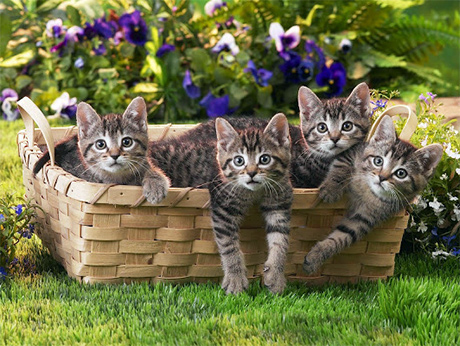
If you look upon the family pet as a ‘flea bag’ or a good for nothin varmint; or if you have an allergy to cats that brings you out in a rash all over; then what you’ll find here won’t be of much interest… :-/.
….but, if you’ve seen next doors moggy leap six feet into the air, after something on the wing or marvelled at a local feline that can scale a fence in two leaps and balace on an inch wide strip of wood, then read on and take a look around. Above all, as you can tell by the name perhaps, this wot’s in ere is just a bit of feline fun. ;D
We would very much welcome your comments and suggestions so please contact us if you feel so inclined, oh and if you want to start blogging today, just hit the ‘Register’ button at the top of this window. It’s that simple.
In each and every case .. Thanks for stopping by
Ed & Norman.
